Deulghata (also called Deulghat), near Baram in the Arsha (community development block) in the Purulia Sadar subdivision of the Purulia district of West Bengal, India, has ancient/ medieval temples.
History
In 1864–65, E.T. Dalton, Commissioner of Chhotanagpur, visited the place and found three large temples in the midst of the ruins of many more. J.D. Beglar, of the Archaeological Survey of India, also reports the three temples in 1872–73.
Rekha deul
David J. McCutchion says that the predominant traditional architectural style for temples in the western areas of Bengal in the pre-Muslim period is the tall curvilinear rekha deul and it went on developing from the late 7th century or early 8th century to around the 12th century, increasing its complexity and height but retaining its basic features. Such temples had “curvilinear shikhara with chaitya mesh decoration, surmounted by a large amalaka and kalasa finial. Examples of such dilapidated deuls are still standing at Satdeula (in Bardhaman), Bahulara and Sonatapal (in Bankura) and Deulghat (in Purulia). On the brick deuls already mentioned here, plus Jatar (in 24 Parganas) and Para (in Purulia), “we find extensive and remarkably fine stucco work on carved brick”.
Present scenario
There are three tall brick deuls with stucco decoration. The other temples at Deulghata, mostly of stone, have fallen down. “All the three have triangular corbelled entrances with towers built up by interior corbelling. The corbelled entrance of the southern temple is high and graceful with a delicate curve. All of them have rich curved brickwork with stucco application. They depict chaityas and miniature rekha motifs. The stucco application includes scrollwork with geese and foliation, dwarfs familiar from Pala–Sena age art. The stucco is fine and would appear to date from the same period as that on the Bahulara and Satdeulia temples.”
The first temple is 60 feet tall with distinctive decoration. “Floral designs and Hindu and Jain symbols can be seen on the walls”. The second temple is similar to the first. “A small image of Ganesh is distinguishable inside. There are also images of divinities similar to figures in the Nepali Hindu paintings.” The third temple is in bad shape.
“Many scholars believe that a trade route passed through Purulia. The district’s temples and deities are mainly Brahmanical but have Jain influences at several places like Telkupi, Pakbirra, Deulghata, Budhpur and Suisa.”


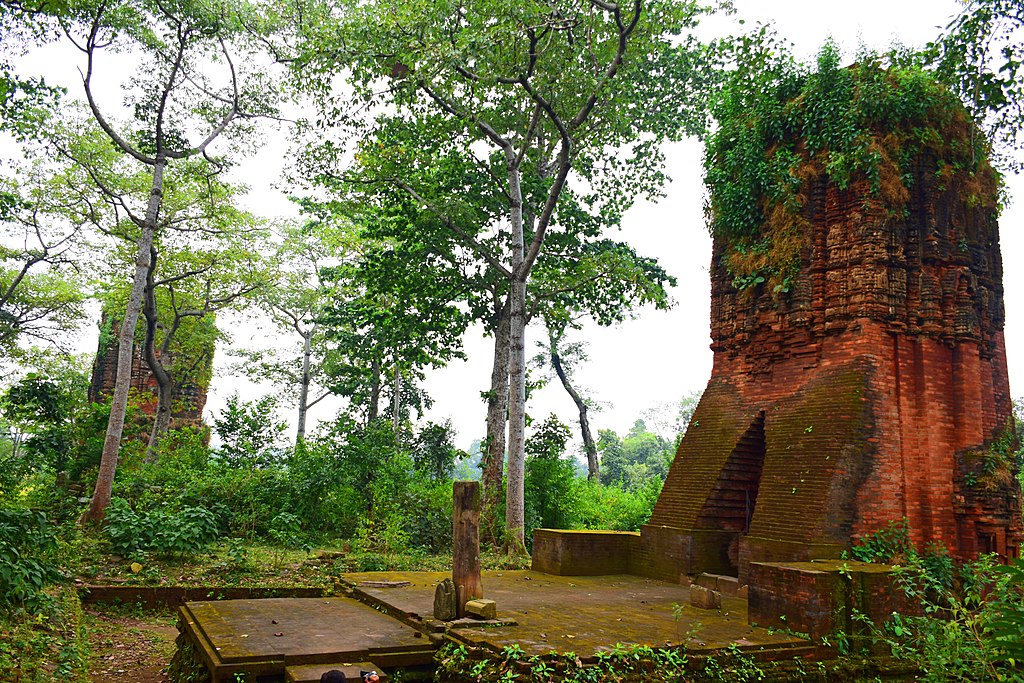



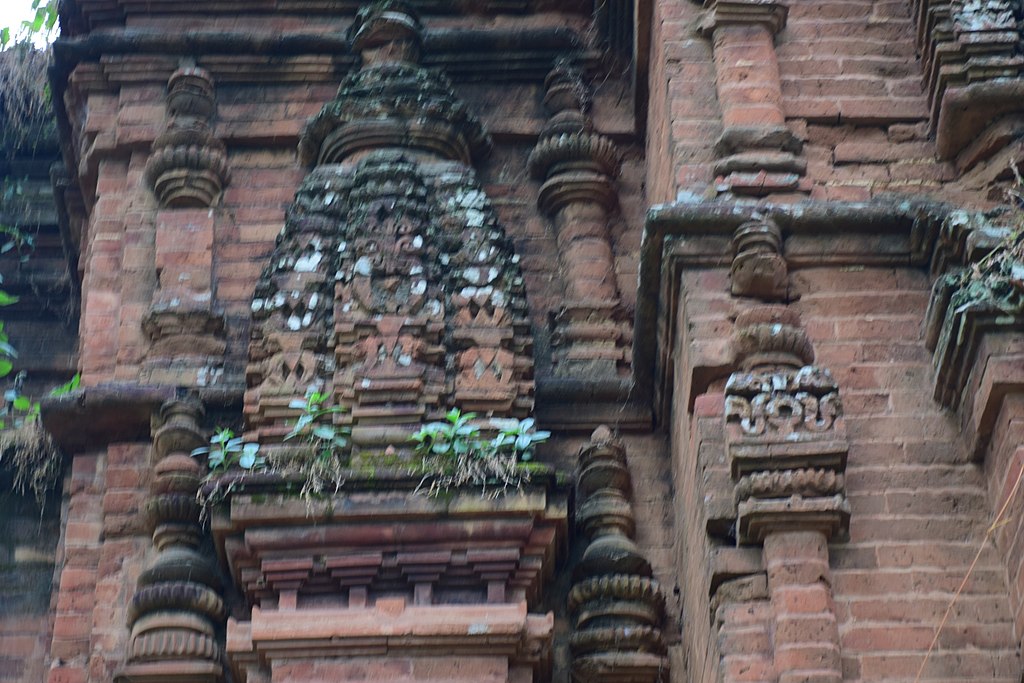
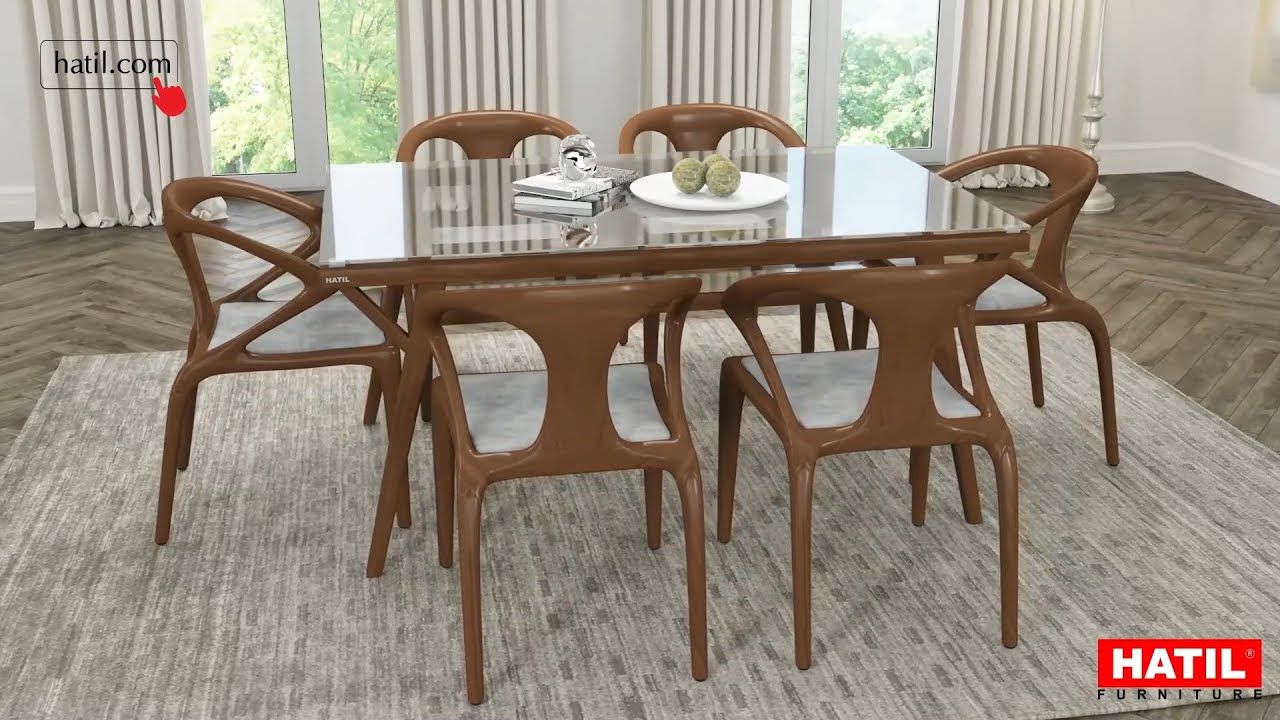

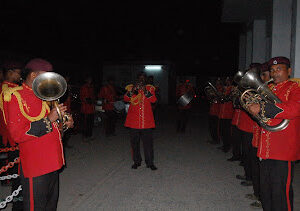





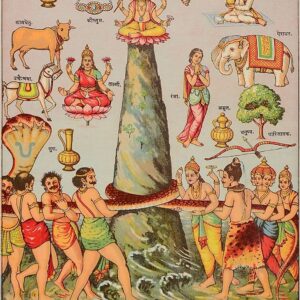


Reviews
There are no reviews yet